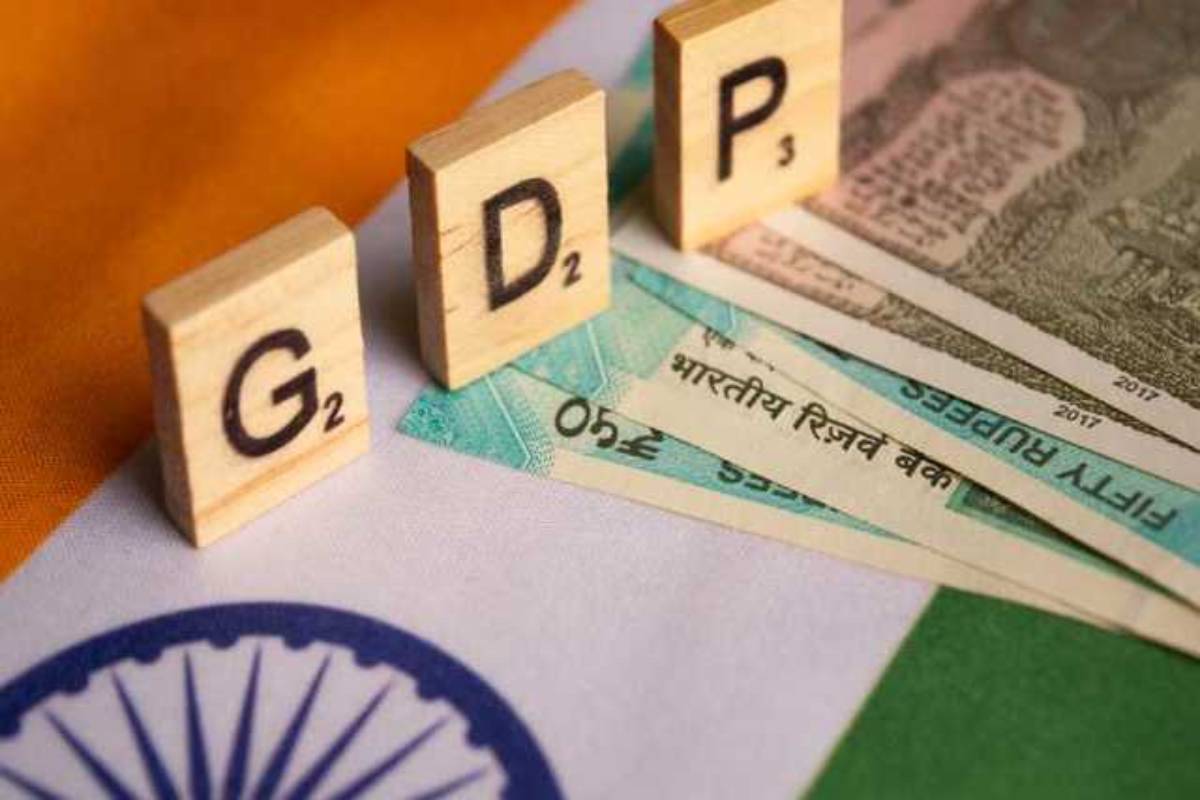In the vast tapestry of India’s economic narrative, there exists a stark duality that often evades the spotlight ~ the tale of two Indias, where urban prosperity dances to a different rhythm than the rural heartland’s struggle for survival. The recent insights into the challenges faced by the rural majority paint a poignant portrait of economic disparity that demands our attention and contemplation. As the statistics trumpet India’s forecasted annual growth of 7.3 per cent, a closer inspection reveals a divergence in fortunes that transcends mere numbers. For millions in rural India, an economic slowdown has become an oppressive reality, contrary to the nation’s overall economic triumph.
The crux of the issue lies in the fraying fabric of rural employment. Fewer jobs, intensified competition, and dwindling farm output conspire to erode the financial stability of those living in the agricultural hinterland. A growth rate in farm output that has dwindled from 4 per cent to 1.8 per cent in the current fiscal year accentuates the challenges faced by a sector that employs over 40 per cent of the country’s workforce.
Advertisement
While the government projects an image of robust economic health, indicative data points suggest a slow recovery in rural areas. The demand for the government’s minimum job guarantee scheme is on the rise, and agriculture growth in the September quarter remains lacklustre. It prompts a critical examination of the claimed “inclusive growth” narrative, especially when the daily struggles of families in states like Uttar Pradesh, West Bengal, and Odisha starkly contradict the buoyant economic projections. The upcoming elections cast a looming shadow over this economic dissonance. Prime Minister Narendra Modi, seeking a third term, might find it imperative to bolster rural subsidies in response to the palpable distress. The expected victory for the Bharatiya Janata Party would be propelled not so much by rural economic rectification but by a lacklustre opposition. The crux of the matter extends beyond electoral politics. It is a tale of diminishing rural incomes, heightened inflation, and an unyielding cycle of debt for those grappling with hardships. The rural economy’s decline is further exacerbated by environmental factors, with a drop in key crop outputs due to erratic weather patterns and falling reservoir levels.
The narrative of rural India’s struggles contrasts sharply with the urban success story, where median salaries have seen a robust 10 per cent increase in 2023. The sales of high-ticket items like smartphones and SUVs in urban areas underscore a thriving consumer market. Yet, this urban affluence appears as a mere echo in the vast rural landscapes, where two-wheeler sales, considered a barometer of rural consumption, are below pre-pandemic levels. Bridging the urban-rural economic gap necessitates a holistic approach that addresses structural issues, bolsters agricultural sustainability, and ensures that the economic renaissance touted on global platforms permeates every corner of the nation. The time is ripe for introspection and action, not just for political expediency but for the very essence of inclusive growth India aspires to achieve.











